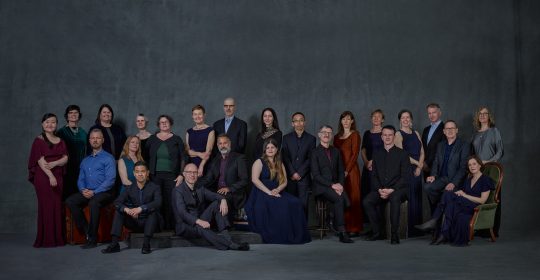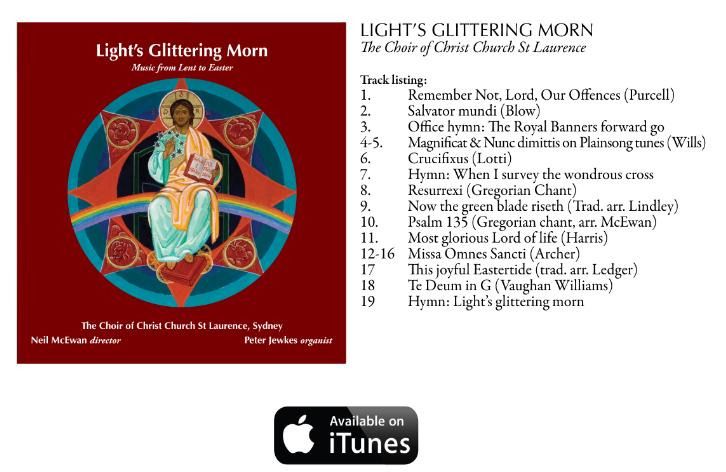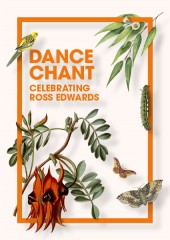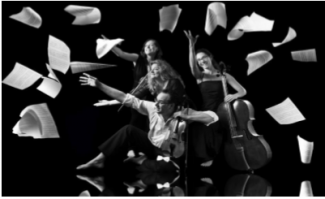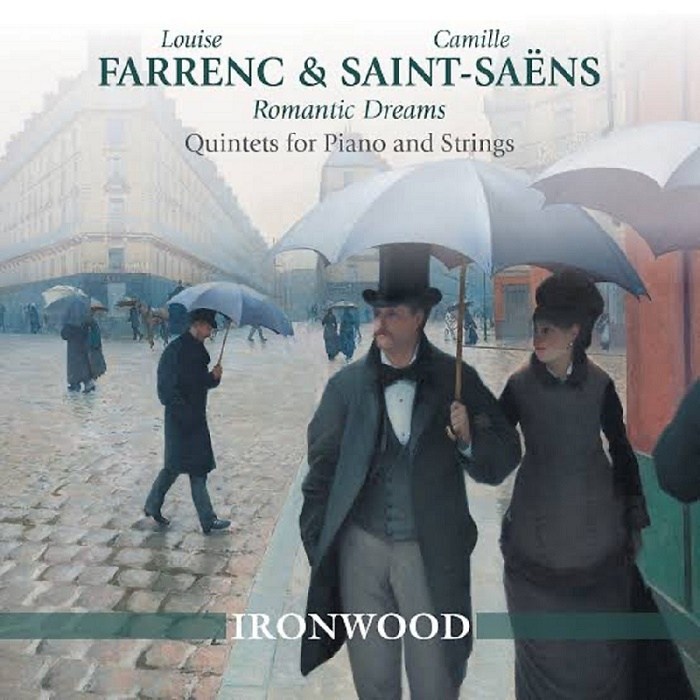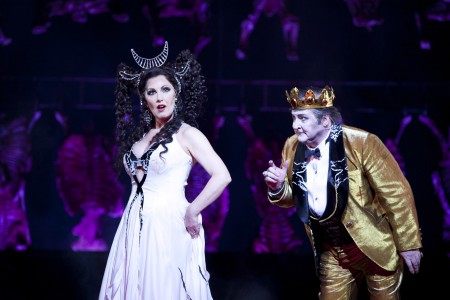Concert Review: Paul Stanhope: A New Requiem/ Sydney Chamber Choir
Paul Stanhope: A New Requiem/ Sydney Chamber Choir
13 March 2021, 7:30pm
City Recital Hall
Written by Alex Siegers
Just about everyone who is anyone in the Sydney choral music scene was at the Sydney Chamber Choir’s performance, Paul Stanhope: A New Requiem. Whether they were friends and family of the performers, former or current composition students of Dr Paul Stanhope, musical colleagues and peers, or fellow choral music enthusiasts, they were there.
The excitement to hear award-winning composer and former director of Sydney Chamber Choir, Paul Stanhope’s world premiere was palpable. It had been 364 days since the choir was last on stage in City Recital Hall and the premiere of Stanhope’s Requiem was long overdue, having been rescheduled multiple times since its original premiere date in 2020.
The program began with a spoken, and then sung, Acknowledgement of Country Minga Bagan/Mother Earth by Yuin woman Brenda Gifford. The piece was performed in the Dhurga language, spoken on the South Coast of NSW, and was commissioned by the choir to be performed at the beginning of all their concerts in 2021.
In this piece, the choir was joined by percussionist (and occasional tenor in the choir) Jess Ciampa, whose bowed percussion supported the surprisingly petite sound from the singers. Minga Bagan/Mother Earth was a beautiful and meditative start to the concert, and I relished the broad, bright vowels of the Dhurga language ringing across the hall. I hope that the practice of commissioning First Nations composers and performing musical Acknowledgements of Country, in language, grows to become a standard of live performance in Australia.
The three other works which preceded the Requiem were Victoria’s Versa est in luctum, Finsterer’s When Soft Voices Die and James MacMillan’s Miserere. The highlight of these was definitely the work by Australian, Mary Finsterer, commissioned by Sydney Chamber Choir in 2014. The choir was joined by Sydney Symphony Fellow, Callum Hogan on cor anglais, whose warm, elegiac sound wept and sobbed with the music. Despite the occasional disagreements in pitch across the ensemble, the performance was incredibly emotional and mournful.
Then, for the main event.
Twenty years in the making, Stanhope’s Requiem is dedicated to another former director of the choir, the beloved music educator, the late Richard Gill, and also the former Westmead Hospital administrator who commissioned the Requiem, the late Russell Mills.
Right from the opening bars, the Requiem radiated ‘Stanhope’. It was, at the same time, new and familiar, and the choir was clearly very much at home in Stanhope’s musical idiom. Stanhope expertly wove together the old and the new in this work, expanding the traditional Requiem form with texts by poets Neela Nath Das, Mary Elizabeth Frye, Emily Dickinson and Oodgeroo Noonuccal.
The two arias in the Requiem, the second movement Tree Grave for soprano and the fourth movement, Song, for tenor, were incredibly demanding, featuring extremes of range, and huge leaps, expertly navigated by soprano Chloe Lankshear and tenor Richard Butler. I hope these movements enter the solo repertoire as stand-alone works for recital singers. With text by Oodgeroo Noonuccal, there were both incredibly captivating.
The fifth movement Sanctus, featured a relentless baseline from Jordy Meulenbroeks on bassoon and Richard Shaw on bass clarinet, demonstrating their absolute prowess. This, in combination with congas and choir, exuded a sound which I can only describe as uniquely Australian. It was appropriate that this movement was dedicated to the late Richard Gill, the embodiment of modern Australian music education.
The work seamlessly transitioned from the Sanctus into the Agnus Dei/Do not stand at my Grave and Weep with a solo on high from soprano Claire Burrell-McDonald. It built to a rich and jubilant end. Throughout the entire Requiem I was desperate for more sound from the choir. At the end of the Agnus Dei, there was a glimpse of the choir’s ability to fill the Recital Hall, but ultimately, I feel the 1,238-seat hall overwhelmed the 31 singers on stage.
Dawn Wail for the Dead was sublime, with a poignant mix of sadness for what has been, and a hope for what is so come. One of the highlights was Euan Harvey’s incredibly powerful horn solo at the beginning of this movement. The audience was completely immersed as Harvey wailed, slid, and leaped, painting the picture of a ritual cry at dawn. The horn then handed over to the soloists, Chloe Lankshear blending seamlessly with Richard Shaw on clarinet, and Richard Butler expertly negotiating extreme ranges in the movement. The duet was further elevated by Lankshear and Butler’s rapport, reprising a strong solo and ensemble working relationship.
The Requiem continued from strength to strength, with the eighth movement Lux aeterna demonstrating the choir’s discipline and attention to detail, and finally, In paradisum/Hope is the Thing with Feathers. The final lines “And of the strangest Sea – Yet – never – in Extremity” were otherworldly as Butler and Lankshear sang in duet with the choir. The final, whispered “requiem” was met with rapturous applause from the audience who were clearly ecstatic to be back in the concert hall experiencing live music again.
In the words of Artistic Director Sam Allchurch, “Live music is a part of what it means to be alive”, and it was a joy to join Sydney’s choral community back in the concert hall for this celebration of exemplary Australian choral music and performance.
Alex Siegers for SoundsLikeSydney©
Alex is an experienced chorister and soloist across many genres with leading ensembles in Australia. Since relocating to Sydney in 2012, Alex has sung full-time with the Choir of St. James’. She has also performed with The Song Company, Musica Viva, The Marais Project, The Choir of St Mary’s Cathedral, Sydney Chamber Choir, Sydney Philharmonia Choirs, Luminescence Chamber Singers, Cantillation, Vocal Australia Singers, and The Choir Lab. She has performed and recorded with contemporary musicians including Felix Riebl, Ollie McGill, Julia Jacklin, Goldheist, Jessica O’Donoghue and as a jazz vocalist and looping artist at events and festivals including Beams Arts Festival, UCSB Amplified in Santa Barbara, Light The Night, Singing At The House in Sydney, Get Vocal Festival and LA A Cappella Festival, Los Angeles. Alex completed a Bachelor of Music and Arts in Jazz Voice and Linguistics at the Sydney Conservatorium of Music in 2017. When she isn’t singing, Alex works in the Music Performance Unit at UNSW.

